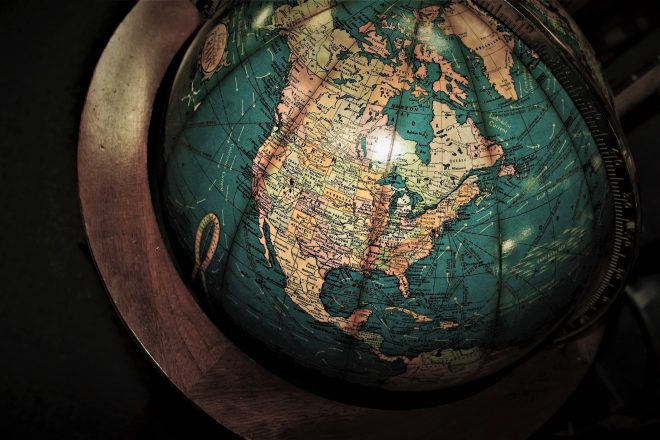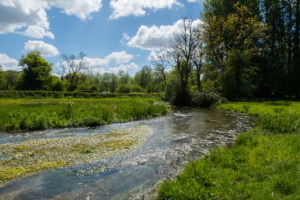Think piece: the power of geography
December 20, 2021

I’m unashamedly a geographer.
Ever since I can remember, I have always enjoyed visiting places, wanting to know what makes it tick, why some are more successful than others, and the ability of some buildings and events to inspire. Driving friends and family mad by diving down side streets and missing the main ‘drag’ has always been illuminating.
This “third rock from the sun” has a staggering vastness and variation that constantly makes you want to discover more.
It was no surprise, therefore, that my first university degree was in geography. Field trips, in all sorts of odd places were aplenty. Assessing Tourism in the south of Spain in the winter made a nice change from the usual windswept trips!
World Geography Awareness Week took place recently and some of the facts coming out fascinated me. Did you know that Great Britain consists of more than 500 million geographic features? Or that 90 per cent of the world’s population lives in the northern hemisphere? Closer to home and depending on exactly what you include around 94% of the England is not formally built upon, but 16% of the population live in rural areas, defined as in towns of 10,000 or less.
Put simply, geography is the study of places and the relationships between people and their environments. Geography seeks to understand where things are found, why they are there, and how they develop and change over time. The parallels with the field of planning are obvious. It’s hardly surprising therefore that many planners have studied the intricacies of meanders, oxbow lakes and glacial erosion at a formal level!
This focus on this vital subject brings me to one of my favourite reads in recent times, Prisoners of Geography, by Tim Marshall.
The author cleverly analyses 10 maps of world regions, explaining how weather, seas, mountains, rivers, deserts and borders, affect each country’s strengths and vulnerabilities and the decisions made by their leaders.
One look at a map of America, for instance, gives a big clue about why a fledgling United States was able to grow so quickly and become an industrial superpower. Huge rivers fan out across the country from north to south, providing a navigable route for roaring trade.
Moving on from the book (which I do recommend) and shining the spotlight closer to home, the seven rivers of the South Downs are also intertwined with the story of this region, from the iron industry, to commercial trading, to being life-giving arteries that fuel some of our most interesting ecosystems in the National Park (chalk streams, for instance).
 The South Downs has lots of natural capital, something the Romans quickly spotted. Clean, chalk-filtered water from the aquifers has been an invaluable asset to millions of people on the south coast for hundreds of years. Long may this continue and that is why ecosystem services are such a big part of our Local Plan.
The South Downs has lots of natural capital, something the Romans quickly spotted. Clean, chalk-filtered water from the aquifers has been an invaluable asset to millions of people on the south coast for hundreds of years. Long may this continue and that is why ecosystem services are such a big part of our Local Plan.
Geography weaves it way through everything we do as a Planning Authority. Our landscape-led approach to planning is embedded in the very principles of place and space. The sloping chalk grasslands, river valleys, greensands, clays, forests and ancient woods – they all underpin what makes this landscape so special and, ultimately, shape the built environment, past, present and future.
And, if we want to be more sustainable, an understanding of geography will be more important than ever.
Food for thought and Merry Christmas to you all and hope you stay safe.
Tim Slaney,
Director of Planning, South Downs National Park Authority

